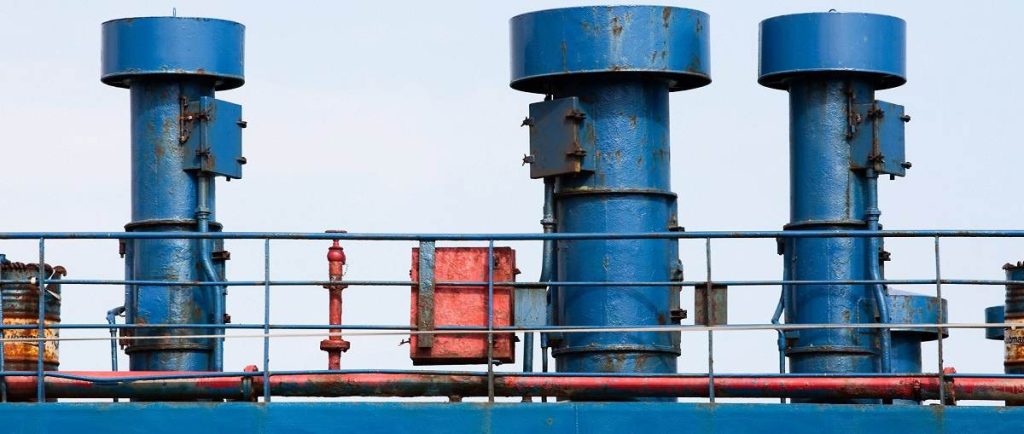One of the important aspects of transporting cargo on ships is to prevent any kind of damage to the cargo. It is important to take proper care of the cargo on board ships to avoid loss of property and avert cargo claims.
Damage to cargo can happen because of several reasons such as accident, flooding, rain water, etc. Of all the reasons, moisture is one of the most common causes of cargo damage and a source of significant cargo claims.
In order to prevent damage of cargo because of moisture, ships are fitted with natural or forced ventilation systems. Moisture responsible for cargo damage is also called “sweat” on ships. Sweat is mainly of two types:
· Cargo sweat
· Vessel sweat
Cargo sweat refers to the condensation that occurs on the exposed surface of the cargo as a result of warm, moist air introduced in to holds containing substantially colder cargo. This type of sweat generally occurs when the vessel is travelling from a colder to a warmer place and the outside air has a dew point above the temperature of the cargo.

Vessel sweat refers to the condensation that occurs on the surface of the vessel when the air inside the hold is made moist and warm by the cargo, when the later comes in contact with the vessel surface as the vessel moves from a hot to cold region. Vessel sweat leads to formation of overhead drips inside the hold or accumulation of condensed water at the bottom of the hold, which may lead to cargo damage. Thus, cargo ventilation systems are provided on ships.
Cargo ventilation system helps in the following:
· Prevent cargo and ship sweat
· Supply fresh air to the cargo
· Prevent building up of poisonous gases
· Removing of smell of previous cargo
· Getting rid of heat and moisture given out by some types of cargo
Cargo ventilation on ships is important for both hygroscopic and non-hygroscopic cargoes.
Hygroscopic cargo has natural water/moisture content. This type of cargo is mainly plant products, which absorb, retain, and release water within the cargo. This water leads to significant heating and spreading of moisture in the cargo and result in caking or spoiling or cargo.
Non-hygroscopic cargo has no water content; however, they can get spoilt in moist environment.

The dew point of the air, both inside and outside the cargo hold plays an important role in determining the quality of cargo. Here, the “Dewpoint Rule” is taken into consideration to provide ventilation and keep the temperature within the favourable range.
According to the Dewpoint Rule, ventilation must be provided if the dewpoint of the air inside the hold is higher than the dewpoint of the air outside the hold. However, ventilation must not be provided if the dewpoint of the air inside the hold is lower than the dewpoint of the air outside the hold.
Sometimes it’s impracticable to measure the dewpoint temperature of the cargo hold. In such circumstances, ventilation is provided by comparing average cargo temperature at the time of loading with the outside air temperature.
Cargo ventilation is important for both hygroscopic and non-hygroscopic products. However, the former one requires more careful monitoring and checks along with appropriate ventilation than the later one.


